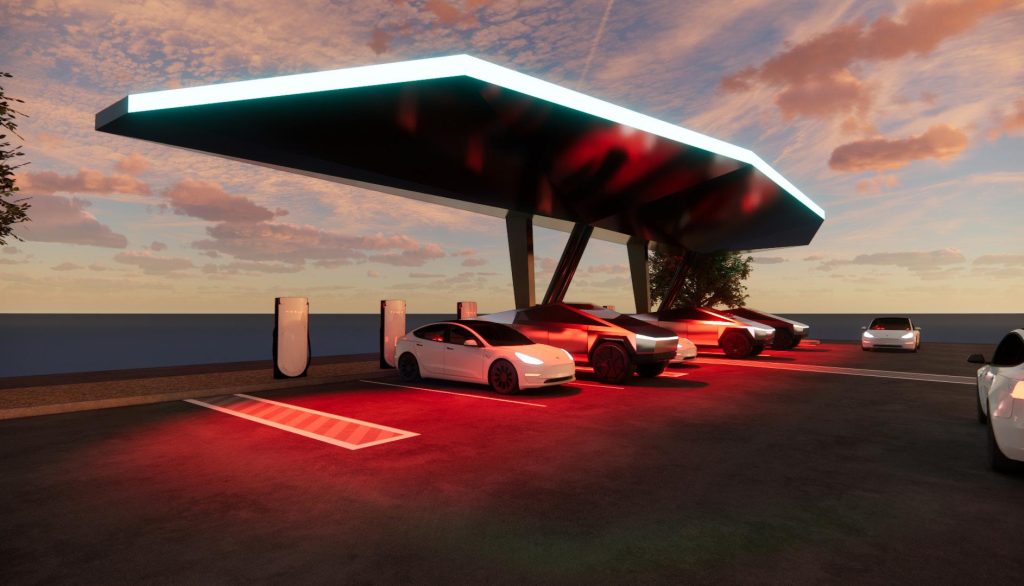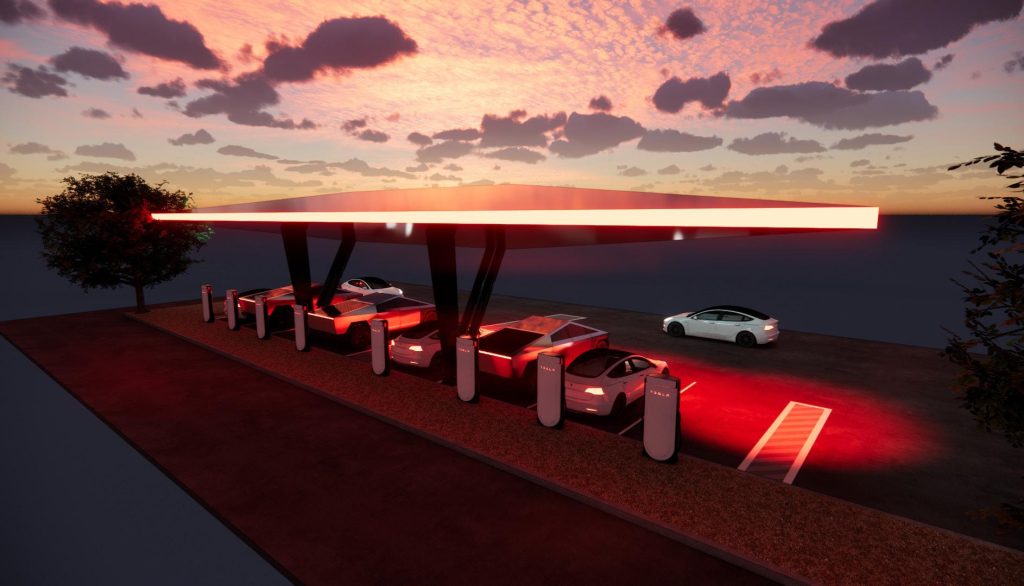News
Stanford studies human impact when self-driving car returns control to driver
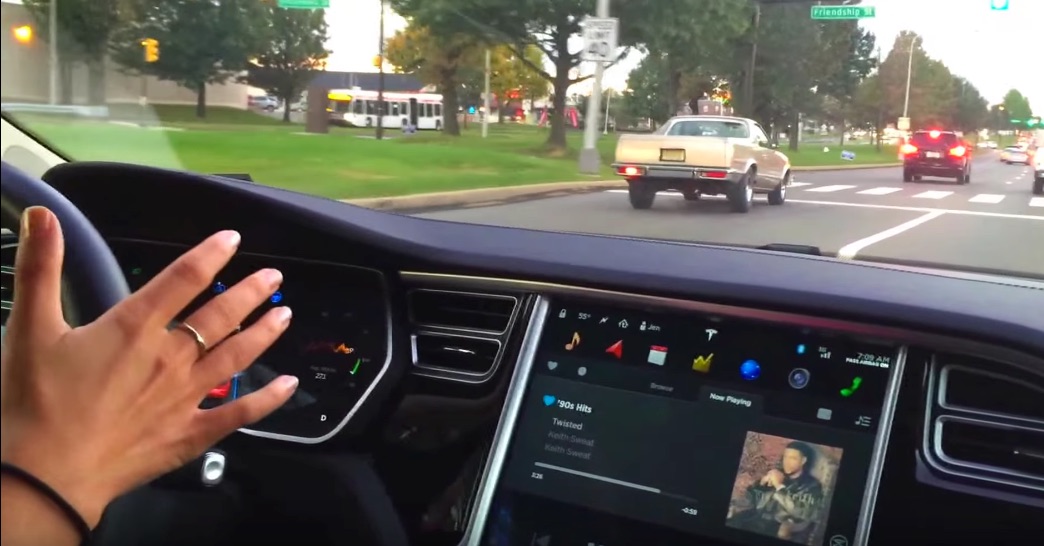
Researchers involved with the Stanford University Dynamic Design Lab have completed a study that examines how human drivers respond when an autonomous driving system returns control of a car to them. The Lab’s mission, according to its website, is to “study the design and control of motion, especially as it relates to cars and vehicle safety. Our research blends analytical approaches to vehicle dynamics and control together with experiments in a variety of test vehicles and a healthy appreciation for the talents and demands of human drivers.” The results of the study were published on December 6 in the first edition of the journal Science Robotics.
Holly Russell, lead author of study and former graduate student at the Dynamic Design Lab says, “Many people have been doing research on paying attention and situation awareness. That’s very important. But, in addition, there is this physical change and we need to acknowledge that people’s performance might not be at its peak if they haven’t actively been participating in the driving.”
The report emphasizes that the DDL’s autonomous driving program is its own proprietary system and is not intended to mimic any particular autonomous driving system currently available from any automobile manufacturer, such as Tesla’s Autopilot.
The study found that the period of time known as “the handoff” — when the computer returns control of a car to a human driver — can be an especially risky period, especially if the speed of the vehicle has changed since the last time the person had direct control of the car. The amount of steering input required to accurately control a vehicle varies according to speed. Greater input is needed at slower speeds while less movement of the wheel is required at higher speeds.
People learn over time how to steer accurately at all speeds based on experience. But when some time elapses during which the driver is not directly involved in steering the car, the researchers found that drivers require a brief period of adjustment before they can accurately steer the car again. The greater the speed change while the computer is in control, the more erratic the human drivers were in their steering inputs upon resuming control.
“Even knowing about the change, being able to make a plan and do some explicit motor planning for how to compensate, you still saw a very different steering behavior and compromised performance,” said Lene Harbott, co-author of the research and a research associate in the Revs Program at Stanford.
Handoff From Computer to Human
The testing was done on a closed course. The participants drove for 15 seconds on a course that included a straightaway and a lane change. Then they took their hands off the wheel and the car took over, bringing them back to the start. After familiarizing themselves with the course four times, the researchers altered the steering ratio of the cars at the beginning of the next lap. The changes were designed to mimic the different steering inputs required at different speeds. The drivers then went around the course 10 more times.
Even though they were notified of the changes to the steering ratio, the drivers’ steering maneuvers differed significantly from their paths previous to the modifications during those ten laps. At the end, the steering ratios were returned to the original settings and the drivers drove 6 more laps around the course. Again the researchers found the drivers needed a period of adjustment to accurately steer the cars.
The DDL experiment is very similar to a classic neuroscience experiment that assesses motor adaptation. In one version, participants use a hand control to move a cursor on a screen to specific points. The way the cursor moves in response to their control is adjusted during the experiment and they, in turn, change their movements to make the cursor go where they want it to go.
Just as in the driving test, people who take part in the experiment have to adjust to changes in how the controller moves the cursor. They also must adjust a second time if the original response relationship is restored. People can performed this experiment themselves by adjusting the speed of the cursor on their personal computers.
“Even though there are really substantial differences between these classic experiments and the car trials, you can see this basic phenomena of adaptation and then after-effect of adaptation,” says IIana Nisky, another co-author of the study and a senior lecturer at Ben-Gurion University in Israel “What we learn in the laboratory studies of adaptation in neuroscience actually extends to real life.”
In neuroscience this is explained as a difference between explicit and implicit learning, Nisky explains. Even when a person is aware of a change, their implicit motor control is unaware of what that change means and can only figure out how to react through experience.
Federal and state regulators are currently working on guidelines that will apply to Level 5 autonomous cars. What the Stanford research shows is that until full autonomy becomes a reality, the “hand off” moment will represent a period of special risk, not because of any failing on the part of computers but rather because of limitations inherent in the brains of human drivers.
The best way to protect ourselves from that period of risk is to eliminate the “hand off” period entirely by ceding total control of driving to computers as soon as possible.

Elon Musk
Tesla is building a new UFO-inspired Supercharger in the heart of Alien country
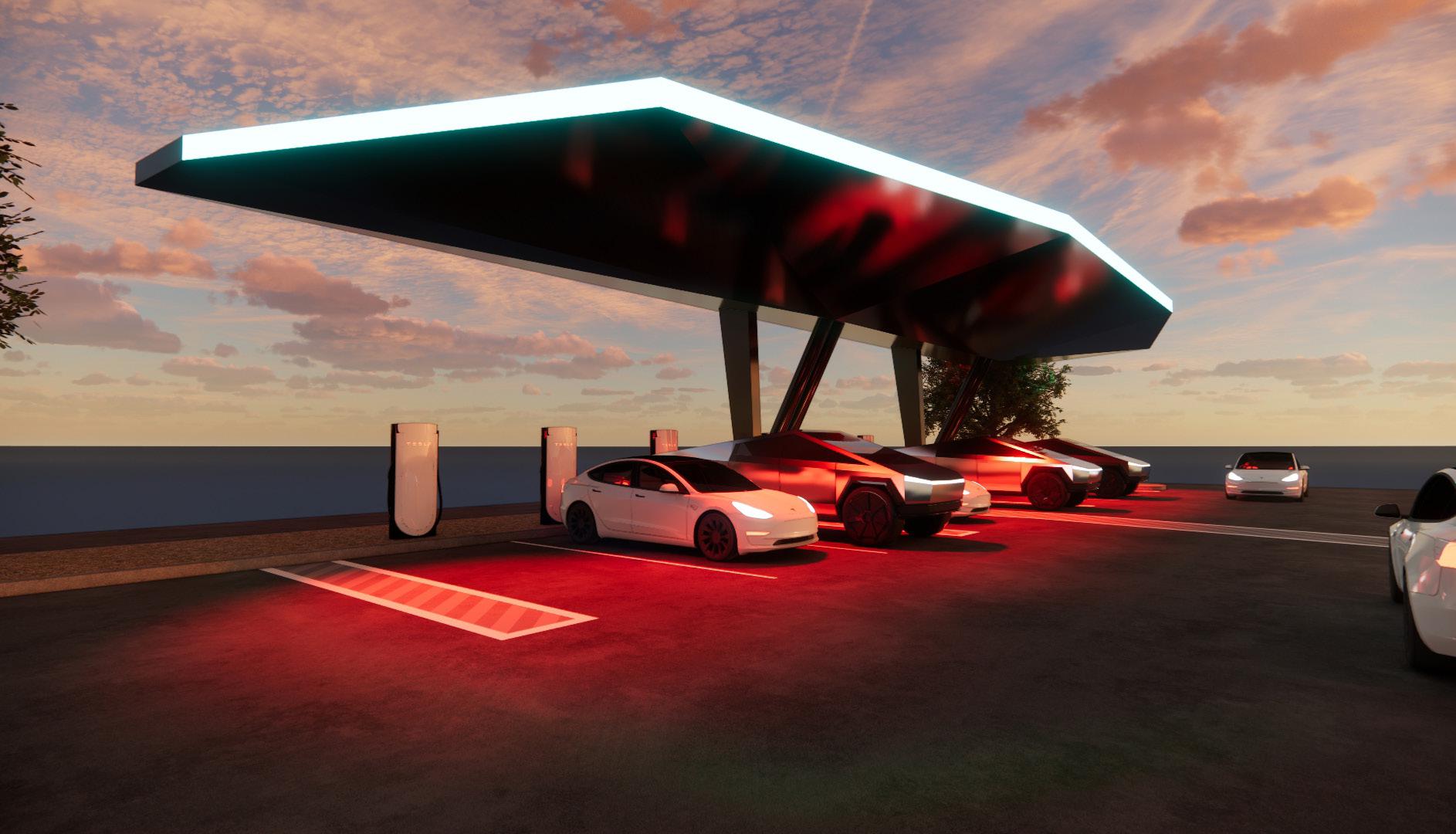
Tesla is planning to build a new UFO-inspired Supercharger in the heart of Alien country — Roswell, New Mexico.
Back in 1947, a crash of debris led to rumors of an alleged crash of a UFO just 75 miles north of Roswell near Corona, New Mexico. The crash was officially noted as the recovery of a military balloon, but over the years, speculation persists that the “flying disc” many saw might have been extraterrestrials trying to make contact with Earth.
As a result of the 1947 crash, Roswell has adopted it and used it as the inspiration for much of its tourism. As Tesla is planning to build a Supercharger in the area, it is using the same sort of inspiration for the location, which will feature just eight charging stalls located under a CyberCanopy.
It was first spotted by MarcoRP, a noted Supercharger permit insider:
A new Supercharger is coming soon to Roswell, New Mexico!!
Tesla is currently planning a Cyber-UFO themed station at the Whataburger on N Main St.
The site will feature 8 charging stalls, located under a CyberCanopy with RGB fixtures and a 20.88kW solar array. pic.twitter.com/4BOyM1iuTx
— MarcoRP (@MarcoRPi1) April 2, 2025
Here are some better pictures of the design:
- Credit: MarcoRP | X
- Credit: MarcoRP | X
Tesla’s Head of Charging for North America, Max de Zegher, confirmed that the site will be inspired by the events near Roswell in 1947. He noted that Tesla “wants to build a few Superchargers cool enough to be worth of the trip itself.”
This will undoubtedly be one of those locations, and along with the Tesla Drive-in Diner Supercharger in Santa Monica, it seems the company could be moving toward some more unique designs for the future, making the charging experience more fun and interesting for owners:
We want to build a few Superchargers cool enough to be worthy of the trip itself. Wish we could have kept it under wraps for longer, but submittal was needed for Planning Approval. We can’t hide anything from @MarcoRPi1! 🙂 pic.twitter.com/X2WaKDd408
— Max de Zegher (@MdeZegher) April 2, 2025
Elon Musk
This Tesla vandal caused thousands in damage, but she was let off the hook: Here’s why
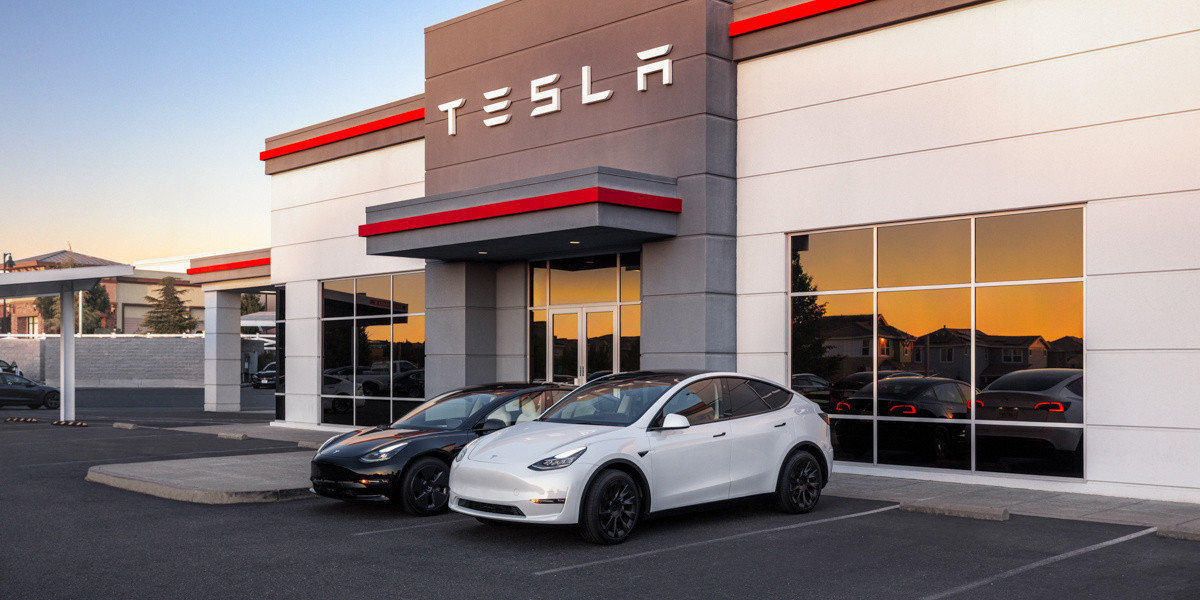
A Tesla vandal in Bloomington, Minnesota, caused $3,200 in damages to a car after keying it. However, the local police department, as well as the owner of the Tesla, let her off the hook.
As a Tesla sat in the parking lot of a Cub Foods grocery store, it was damaged in an act of vandalism that we are unfortunately seeing all too frequently. Police managed to locate the woman responsible for the damage, aiming to hold her responsible for the scrapes she applied to the vehicle.
However, in an act that many might not be able to perform, the owner of the Tesla did not want to pursue any criminal charges. Instead, they just wanted their car fixed.
Police Chief Booker Hodges said (via Minnesota Star Tribune):
“The victim in this case just wanted their car fixed, and they just wanted the suspect to pay for that. Based on the totality of the circumstances here, and along with our core value of being compassionate, this is the best outcome for everybody involved in this case.”
It was an incredible act of forgiveness, as many of those who have had their Teslas damaged in response to CEO Elon Musk likely would not have been able to do the same thing. One person who had their vehicle keyed filed a civil lawsuit against the vandal, who damaged their car while it was parked at Dallas-Fort Worth International Airport, seeking $1 million in damages.
Chief Hodges finished his remarks about this specific situation by calling out the leaders who have spread a hateful narrative about Musk and Tesla, and the company’s vehicle owners as well:
“We need our leaders to start leading and stop feeding this rhetoric. People should be able to drive whatever car they want without fear of going into a store and someone scratching their car or people yelling at them because of the car that … they choose to drive. It’s time for all of us, you know, just to start getting along and knock this stuff off, man. People should be able to be left alone.”
While Chief Hodges did not mention anyone specifically, Minnesota politician and former VP candidate Tim Walz said earlier this month that he “gets a boost” when Tesla stock falls. He later retracted his statement by stating it was just a joke.
News
Tesla Model Y tops Norway sales despite low Q1 delivery results
The new Model Y ended March as Norway’s top-selling vehicle for the month, with 1,819 units sold.
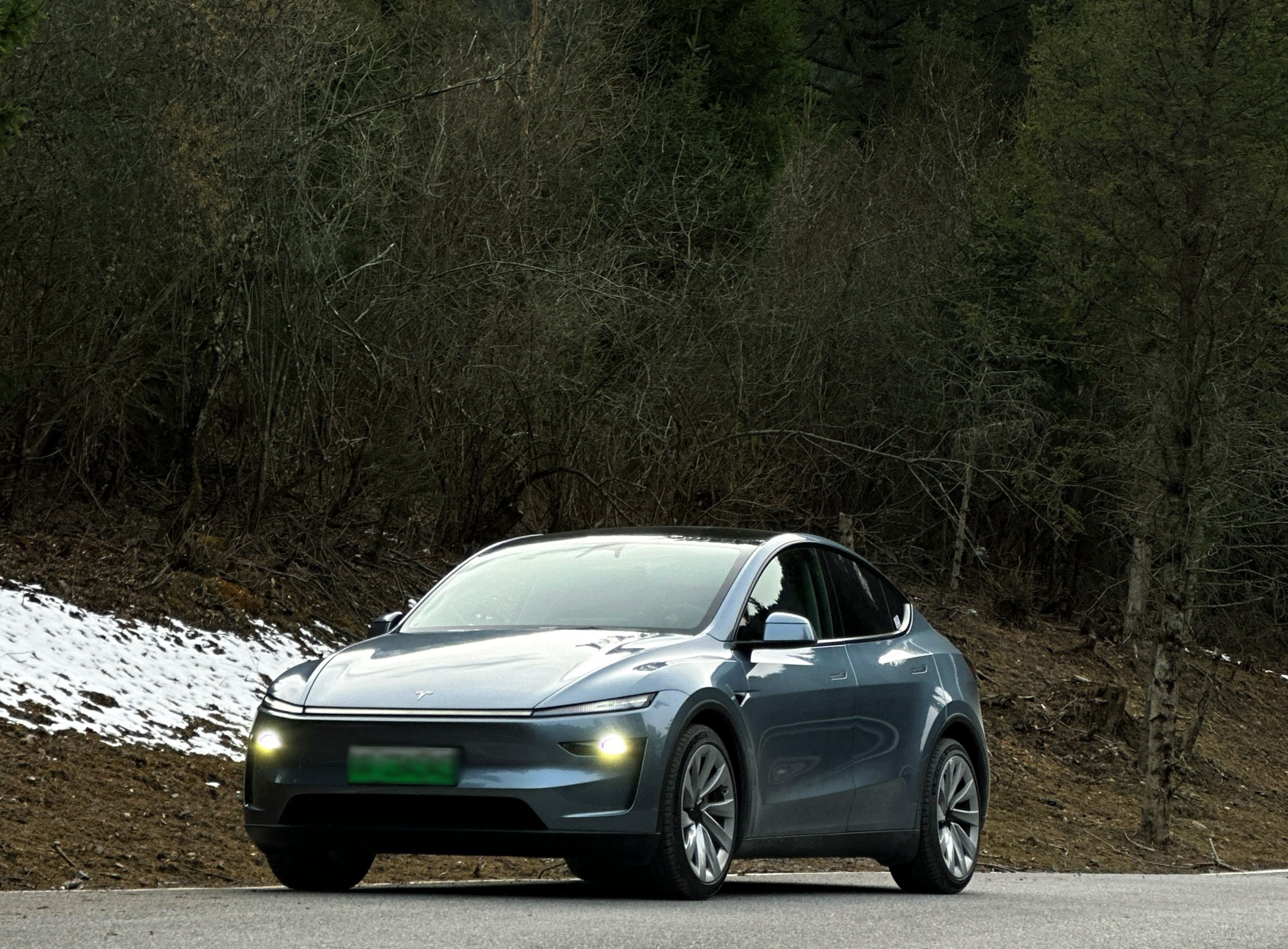
Tesla did not meet delivery expectations in the first quarter of 2025, and a huge reason behind this was the changeover to the new Model Y in Giga Texas, the Fremont Factory, Giga Shanghai, and Giga Berlin.
Despite Tesla’s disappointing Q1 vehicle delivery results, the new Model Y still made a significant impact in key markets such as Norway.
The new Model Y’s Norway Comeback
While sales of the new Model Y in January and February were low in Norway, the vehicle saw a lot of momentum as soon as deliveries of the updated all-electric crossover started. This resulted in the new Model Y ending March 2025 as Norway’s top-selling vehicle for the month, with 1,819 units sold.
Over the course of Q1 2025, Tesla was able to sell a total of 2,792 Model Y units. That was enough to also make the all-electric crossover Norway’s best-selling vehicle in the first quarter. This is quite an impressive feat for Tesla, especially since sales were throttled during the quarter due to the company’s changeover to the new Model Y.

Tesla in Other European Markets
Tesla’s results in Europe during the first quarter were a mixed bag. In Germany alone, Tesla saw 4,935 vehicles sold in Q1 2025. As per the German road traffic agency KBA, Tesla’s sales in March dropped 42.5% to 2,229 units year-over-year. This was despite overall EV registrations rising 35.3% during the month.
In Italy, new vehicle registrations rebounded 51% in March from the previous year to 2,217 units, as per data from the Transport Ministry. This is still quite impressive considering that Tesla has become a very polarizing carmaker in Europe, thanks in no small part to CEO Elon Musk’s politics and close relation to U.S. President Donald Trump.
-

 News2 weeks ago
News2 weeks agoTesla aiming to produce first “legion” of Optimus robots this 2025
-
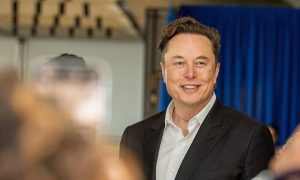
 Elon Musk1 week ago
Elon Musk1 week agoTesla CEO Elon Musk’s simple message to vandals
-
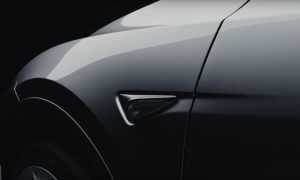
 Elon Musk2 weeks ago
Elon Musk2 weeks agoElon Musk confirms two measures Tesla is taking to fight vandalism
-
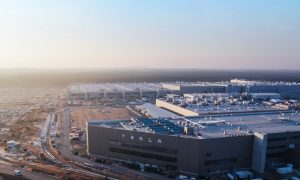
 News2 weeks ago
News2 weeks agoTesla’s Giga Berlin director responds to anti-Musk criticism
-
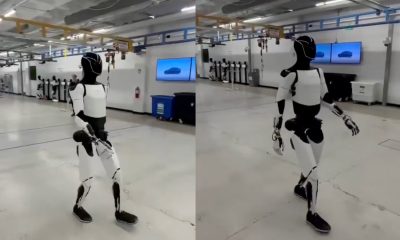
 News2 days ago
News2 days agoTesla shares Optimus’ improved walk in new update video
-
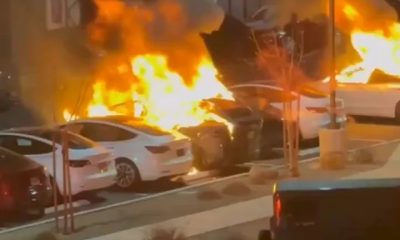
 Elon Musk1 week ago
Elon Musk1 week agoTesla vandal who lit Las Vegas repair center on fire arrested
-

 Elon Musk1 week ago
Elon Musk1 week agoElon Musk clarifies Trump tariff effect on Tesla: “The cost impact is not trivial”
-
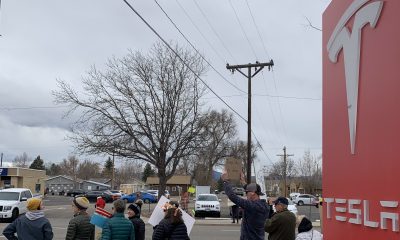
 Elon Musk1 week ago
Elon Musk1 week agoTesla vehicles hit by ATV, suspect caught by Sentry Mode
